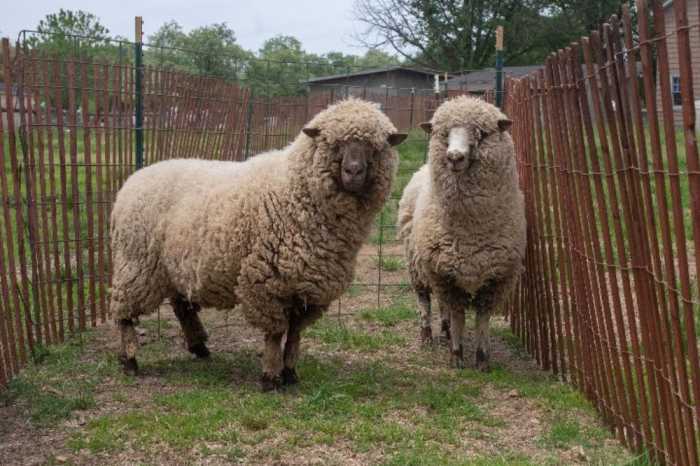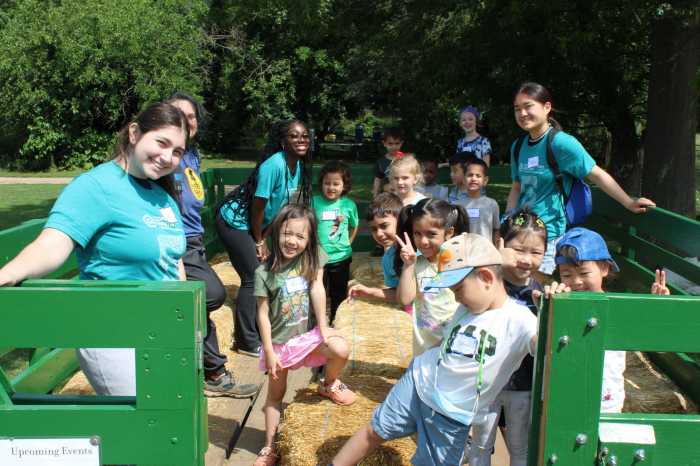A team of 19 students from Sewanhaka High School in Floral Park were named one of the winners of the NASA TechRise Student Challenge.
As part of being named one of the 60 winning teams across the country, they received $1,500 to build out their experiments, a flight box to build it, technical support from Future Engineers and an assigned spot on a high-altitude balloon flight.
Each team of students was tasked with designing a science or technology experiment that could be tested by a high-altitude balloon flight sponsored by NASA. For multiple decades, high-altitude balloon flights have been a catalyst for fundamental discoveries that have contributed to the understanding of the Earth, the solar system and the rest of the universe.
According to the pre-engineering teacher, Jack Chen, this marks the second year that his 11th-grade class won the TechRise Challenge. They were one of just 11 repeat winners and the only winning team from New York state.
Chen has been teaching at Sewanhaka High School for 13 years now.
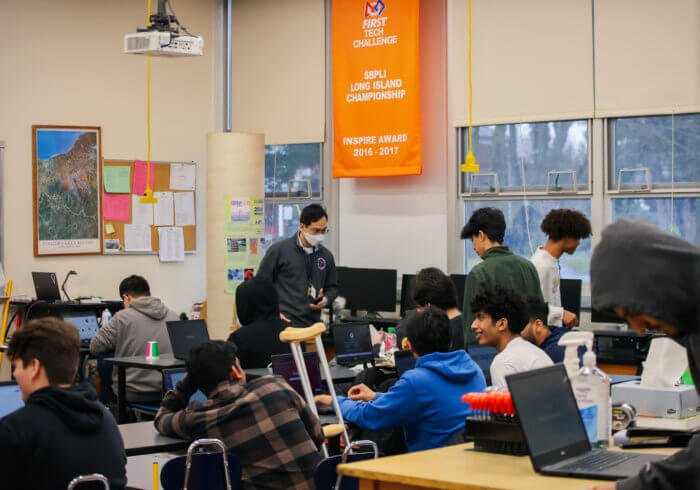
“I’m tremendously proud of these students,” Chen said. “They work really hard and, while they may not realize it, they’re learning content that a lot of sophomores in college are starting to get. They’re actually working at a very high level, but many do not even realize it.”
As the students prepared for the competition, they began brainstorming ideas to pitch at the TechRise Challenge. They ultimately decided upon an experiment they dubbed “Gravitational Acceleration at Increasing Altitudes” (GAIA). This experiment is related to the acceleration of gravity at different altitudes on the surface of the Earth. The measuring device the students are putting together will weigh no more than one kilogram and fit into a box that is 4-by-4-by-8 inches.
The main focus of the experiment is to measure the small, theoretically predicted, difference between the acceleration of gravity at the surface of the Earth and at high altitudes. The weather balloon that will carry the device the students are putting together will allow them to measure this difference.
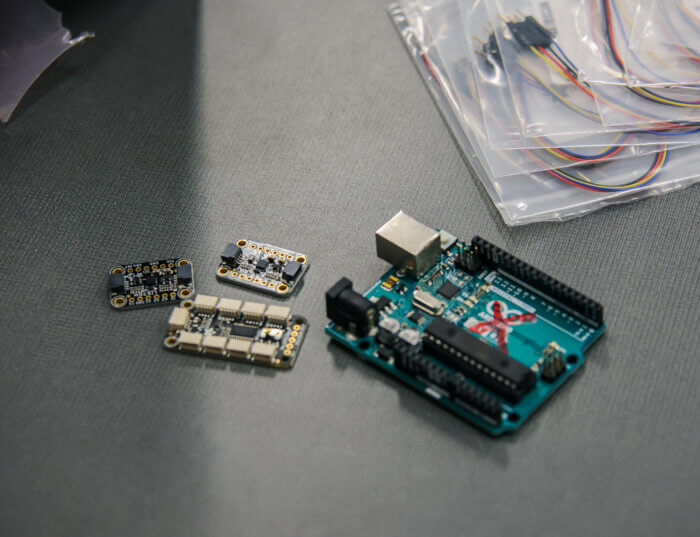
The class is currently in the process of purchasing the necessary materials to run the experiment. In the weeks leading up to the TechRise Challenge, a lot of class time was set aside to work on their proposal, with some students even dedicating some free time to the cause.
While an exact date has yet to be determined, the experiment will launch at some point this summer. Aerostar will provide a hot air balloon for which the students will run the experiment.
The project for which Chen’s class won in the previous TechRise Challenge was titled Atmospheric Measurement of Noxious Gases Using Sensors (AMONG US). That project was designed to measure carbon dioxide levels, ozone levels, fine particulates from smoke and volatile organic compounds.
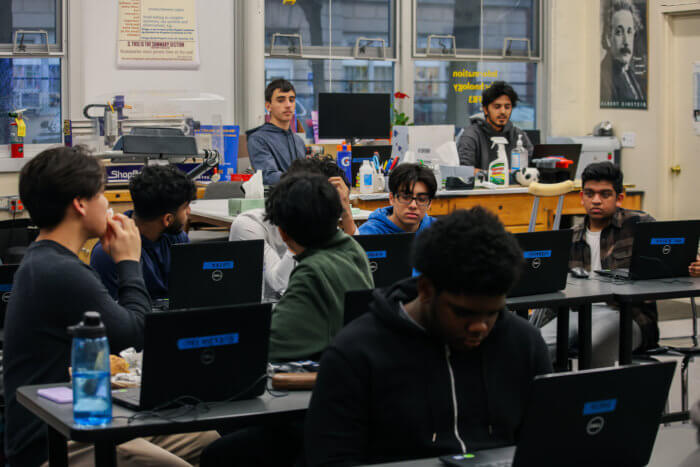
This marked the second year of the national STEM competition. It offers students between the grades of 6 tot 12 hands-on STEM experience. They are also allowed to test their own innovative solutions for space exploration and the study of Earth. The competition is designed to attract, engage and prepare future professionals in science, technology, engineering and mathematics.
“NASA’s missions of tomorrow are sparked by the accomplishments of the Artemis Generation today in classrooms across America,” NASA Administrator Bill Nelson said. “Through opportunities like the TechRise Student Challenge, young people are deepening their passion in science and technology, preparing to be the future innovators and pioneers who help humanity soar to new heights and unlock more secrets of the universe.”
A wide variety of challenges in science and technology were addressed in the 60 winning proposals. These include evaluating the effects of climate change, protecting humans, electronics and various materials against radiation, testing machine learning and computing techniques for space technology and supporting human health on long-duration space missions. The challenge is meant to inspire a deeper understanding of our planet’s atmosphere, surface features and climate, as well as space exploration, coding, electronics and the value of test data.


